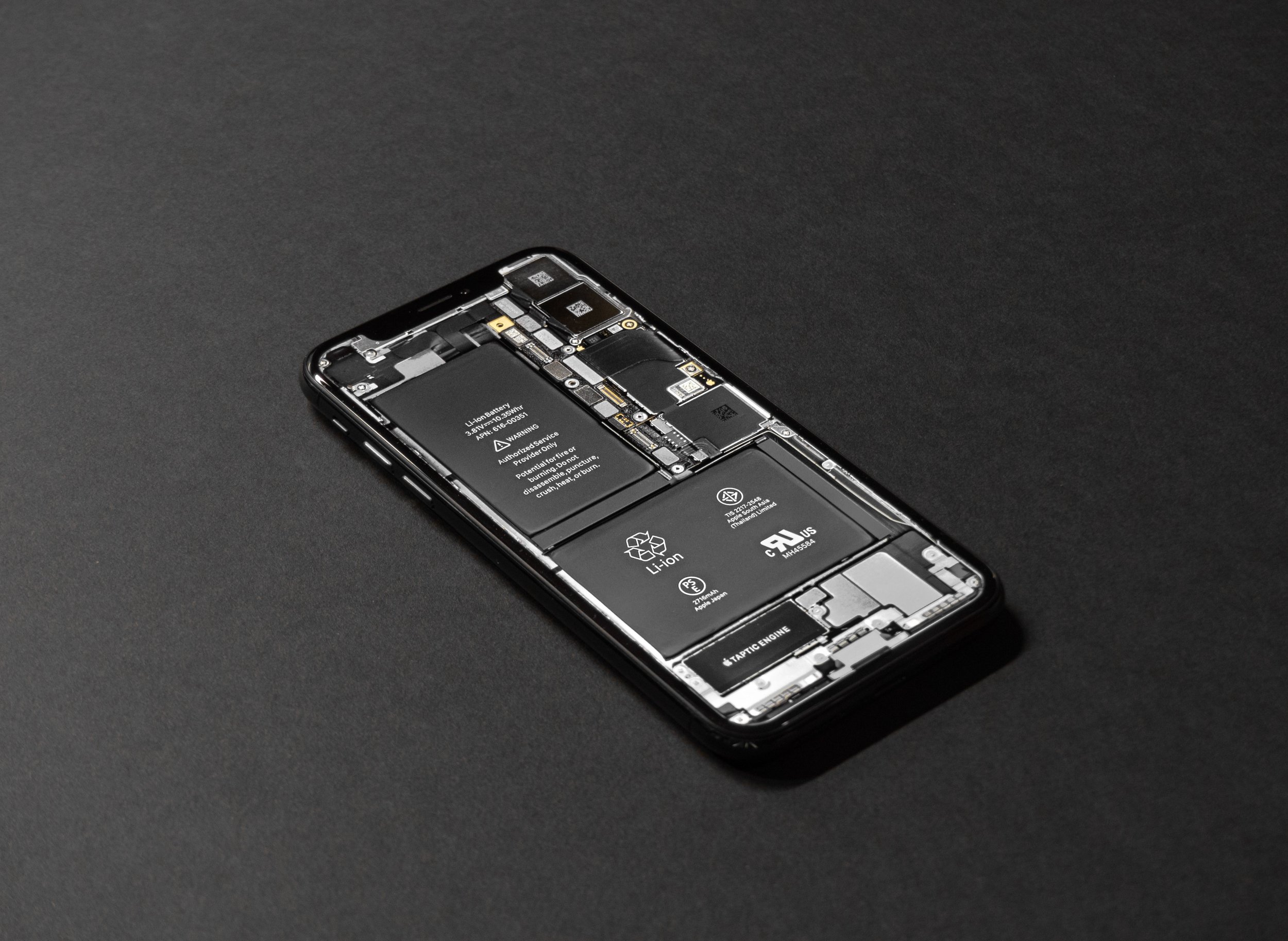New Material Discovered By AI May be a Viable Alternative To Lithium
Introduction
Through the power of Artificial Intelligence (AI) and supercomputing, Microsoft and the Pacific Northwest National Laboratory (PNNL) have recently uncovered a new material, which may be an appropriate substitute for lithium. The current name for the substance is N2116.
A lithium alternative is highly desirable, as this finite resource is the fundamental ingredient required to produce lithium-ion batteries. These rechargeable batteries are relied upon for Electric Vehicles (EVs) and mobile phones. This discovery demonstrates the power that AI possesses, and how it can be utilised for ground-breaking scientific findings.
How was the new material discovered?
By combining AI technology with supercomputing, Microsoft and the PNNL were able to identify 18 materials – from an initial quota of 32 million – with promising characteristics for a lithium alternative. This process could have taken more than two decades if traditional screening methods were used. The alternative technological approach made this achievement possible in just one week.
The AI software, developed by Microsoft, is programmed to accurately scan databases and scientific resources, allowing it to efficiently recognise which materials match the desired characteristics. Once the software selected the 18 materials, scientists at PNNL analysed each in turn to decide which substance was the most suitable substitute. The material chosen, currently named N2116, has the potential to usher in a new era of battery technology.
Why do we need a lithium substitute?
Lithium has earned the title of ‘white gold’ because of its market value in the modern day. The US Department for Energy expects the global demand to increase tenfold by 2030, due to the urgency for EVs; as the world strives to reduce carbon emissions. This is complicated further by an alarming projection made by the International Emergency Agency that a global shortage of the resource could occur as soon as 2025.
It is estimated that N2116 could reduce lithium use by 70%. This is desirable for a number of social and environmental reasons, although there are some economic concerns.
The extraction of lithium from the ground has been a topic of conflict in multiple areas of the globe. For example, residents of Covas do Barroso, a small farming village located in northern Portugal, have shown opposition towards Savannah Resources commencing an opencast mining project in their beloved residency. The community have made their position clear, contesting that their land is for sale.
The European Union has reiterated that Portugal’s lithium supply is essential for meeting the demands of the EV industry and to reduce the dependency on mines in Africa and Asia. Savannah Resources has claimed that their project in Covas do Barroso could facilitate the production of 500,000 EVs per year for a duration of 14 years.
If N2116 is able to provide a sustainable solution to the acquisition of lithium that does not jeopardise the lives of individuals, such as those in Covas do Barroso, then it would certainly be desirable from a social standpoint. Moreover, this would be preferable from an environmentalist perspective as lithium mining is detrimental to the environment. The harvesting process demands high quantities of energy and fuel, inflicts severe wounds to the landscape and creates harmful waste as a by-product. Circumventing these environmental challenges could better preserve the planet’s biodiversity.
One critical question that remains unanswered at present is the cost of production. If N2116 is far more expensive to produce than mining for lithium, it is unlikely that businesses would be willing to transition, despite the social and environmental benefits outlined above. However, if the production of this new substance is cost-effective, then alongside other merits, it may become a preferable alternative.
Conclusion
The discovery of N2116 is not only a promising and welcomed advancement for battery technology, but it is also a testimony to the capability of AI. Whilst there is an abundance of cost-related questions that remain unanswered, this finding appears promising at the present moment.
By Alexander McLean

